WASHINGTON (American Forces Press Service, May 15, 2007) Aca,!" Proposed cuts to the ArmyAca,!a,,cs Future Combat Systems endanger a program that would improve military capabilities today and in the future, said Lt. Gen. Stephen M. Speakes, the serviceAca,!a,,cs director of force development and deputy chief of staff.
News reports say Congress proposes $876 million worth of cuts for the Future Combat Systems in the fiscal 2008 budget request. The total Future Combat System request for fiscal 2008 is $3.7 billion.
Aca,!A"The cost in modernizing is first of all a cost in dollars, but failing to modernize is a cost that is sometimes registered in lives,Aca,!A? Lt. Gen. Speakes said today during a roundtable with Pentagon reporters.
Aca,!A"The program is on track,Aca,!A? he said. Aca,!A"We have met our performance standards and we are on the eve of some really great developments that are going to start hitting the Army literally overnight.Aca,!A?
In the past, the service designed and bought systems in isolation Aca,!" one set of designers built a tank, another a fighting vehicle, still another a medical evacuation capability, he said. Yet another group would work on making them all communicate with each other.
The Future Combat Systems is working to eliminate this, Lt. Gen. Speakes said. Combat vehicles, for example, must have a common hull and 80 percent common parts. Savings from this would manifest themselves in fewer spare parts and training one set of mechanics for all vehicles rather than specialists for a mix.
Aca,!A"If you were going to build a house, I doubt you would go out a hire a plumber, an electrician, a carpenter. You would go and hire a general contractor,Aca,!A? he said.
The role of general contractor, in this case, he continued, is filled by the system engineers who put it all together. The engineers are charged with ensuring commonality, they are charged with setting and enforcing standards. And they are already delivering results. One portion is a small unmanned aerial vehicle that operates like a helicopter.
Aca,!A"It can hover and perch and stare,Aca,!A? Lt. Gen. Speakes said. Aca,!A"You can imagine this capability when you are talking about operating in an urban setting in Baghdad. This Aca,!Eoeperch and stareAca,!a,,c capability is remarkable, and the 25th Infantry Division is using it today.Aca,!A?
The Future Combat Systems also is fielding robots that can save lives. If robots make mistakes in defusing improvised explosive devices and the devices explode, no one dies, Lt. Gen. Speakes said. The robots are in use with units in Afghanistan and Iraq.
The proposed cuts to the program would effectively prevent the development of Future Combat Systems manned ground vehicles. This means Soldiers would operate Abrams tanks and Bradley fighting vehicles Aca,!A"indefinitely,Aca,!A? he said.
The Abrams tank gets about three gallons to the mile. Aca,!A"Just think of the inefficiency of that on top of $3 to the gallon gas,Aca,!A? Lt. Gen. Speakes said. Aca,!A"We canAca,!a,,ct afford to operate these legacy systems into the future without the promise that American Soldiers will operate something better. ItAca,!a,,cs like you are going to operate your 1970s-era car for the next couple of decades.Aca,!A?
The Future Combat Systems would bring together new technologies, new concepts, and take steps in fuel efficiency, interoperability and force protection. The cuts would eliminate that, Lt. Gen. Speakes said.
Another concept that would be eliminated is called the Mule. This is a small wheeled vehicle that follows Soldiers carrying supplies, spare parts, ammunition and water. This is on the cusp of testing and would have to stop if the cuts in the system are made, he said. Another unmanned aerial vehicle would also be canceled.
Soldiers would be very negatively affected by these cuts, Speakses concluded.
Aca,!A"We will be doomed to spend the next 20 to 30 years with the existing combat platforms we have today,Aca,!A? he said. Aca,!A"ItAca,!a,,cs a betrayal of our trust to Americans when we donAca,!a,,ct invest in them.Aca,!A?
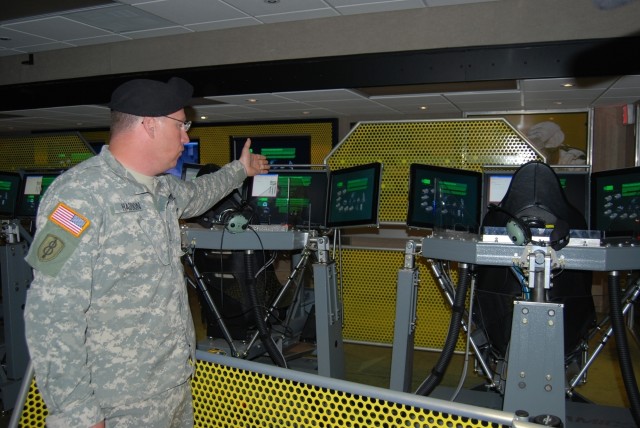
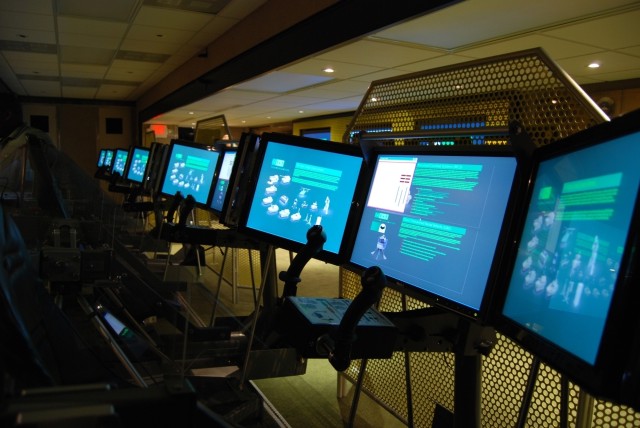
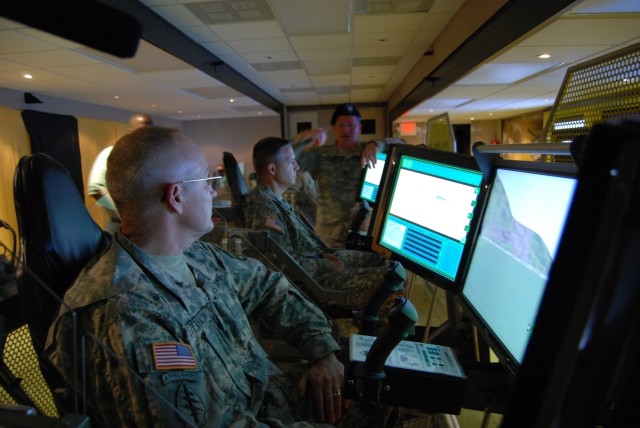
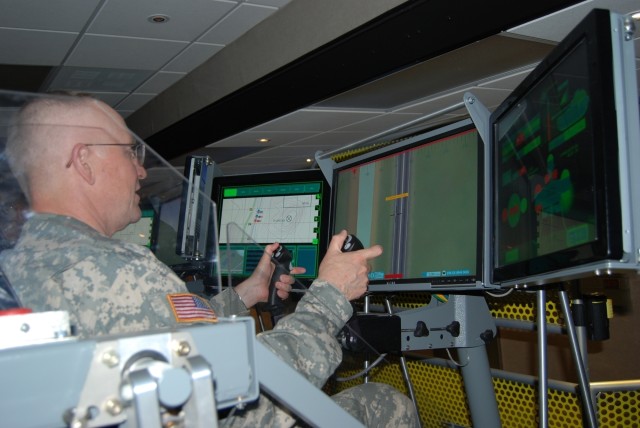

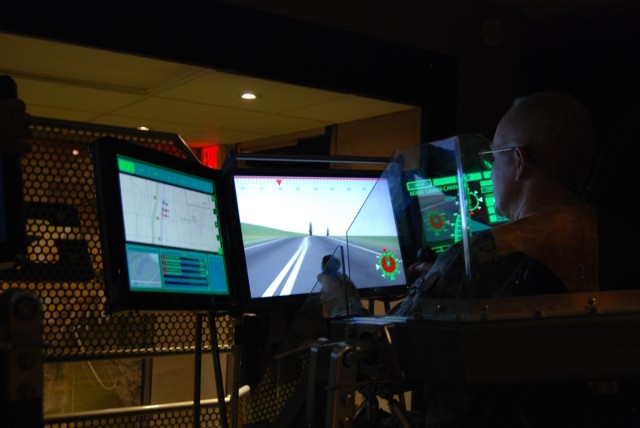
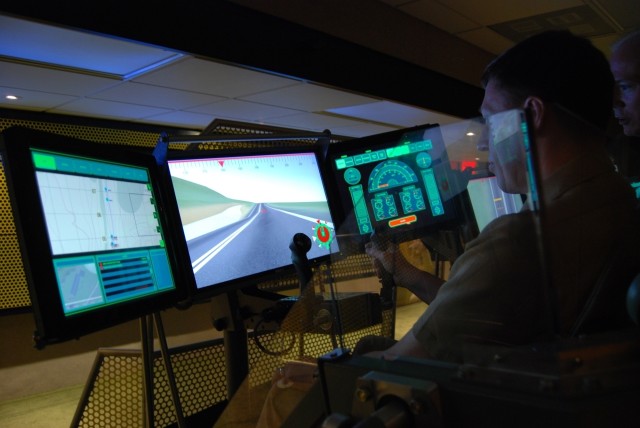
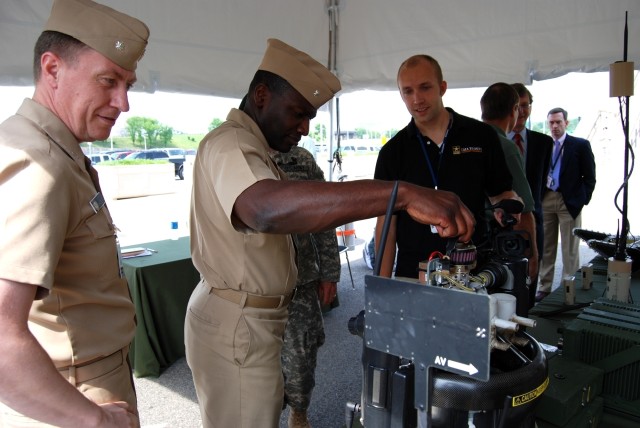


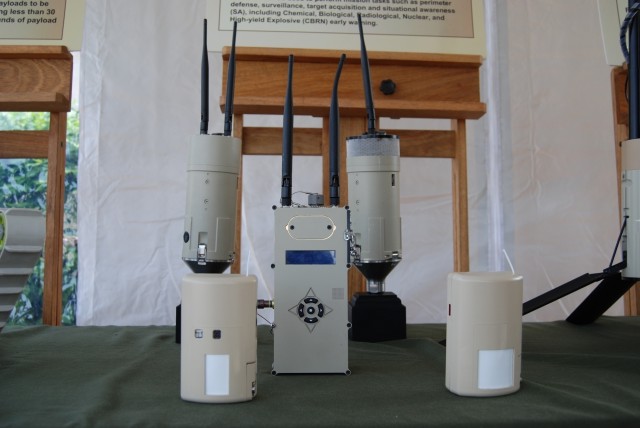

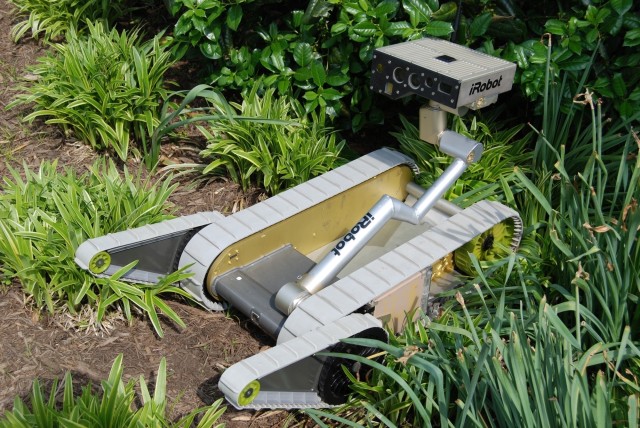

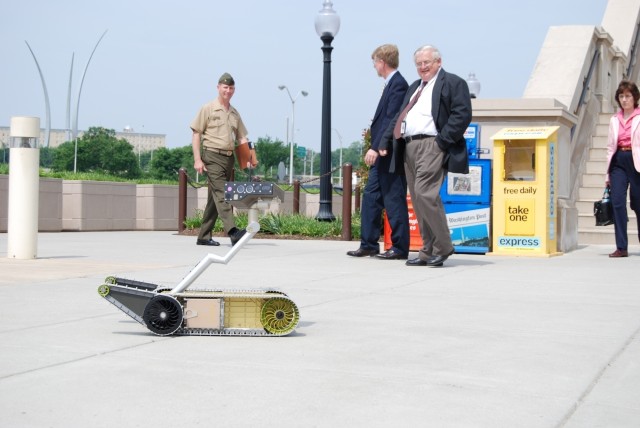




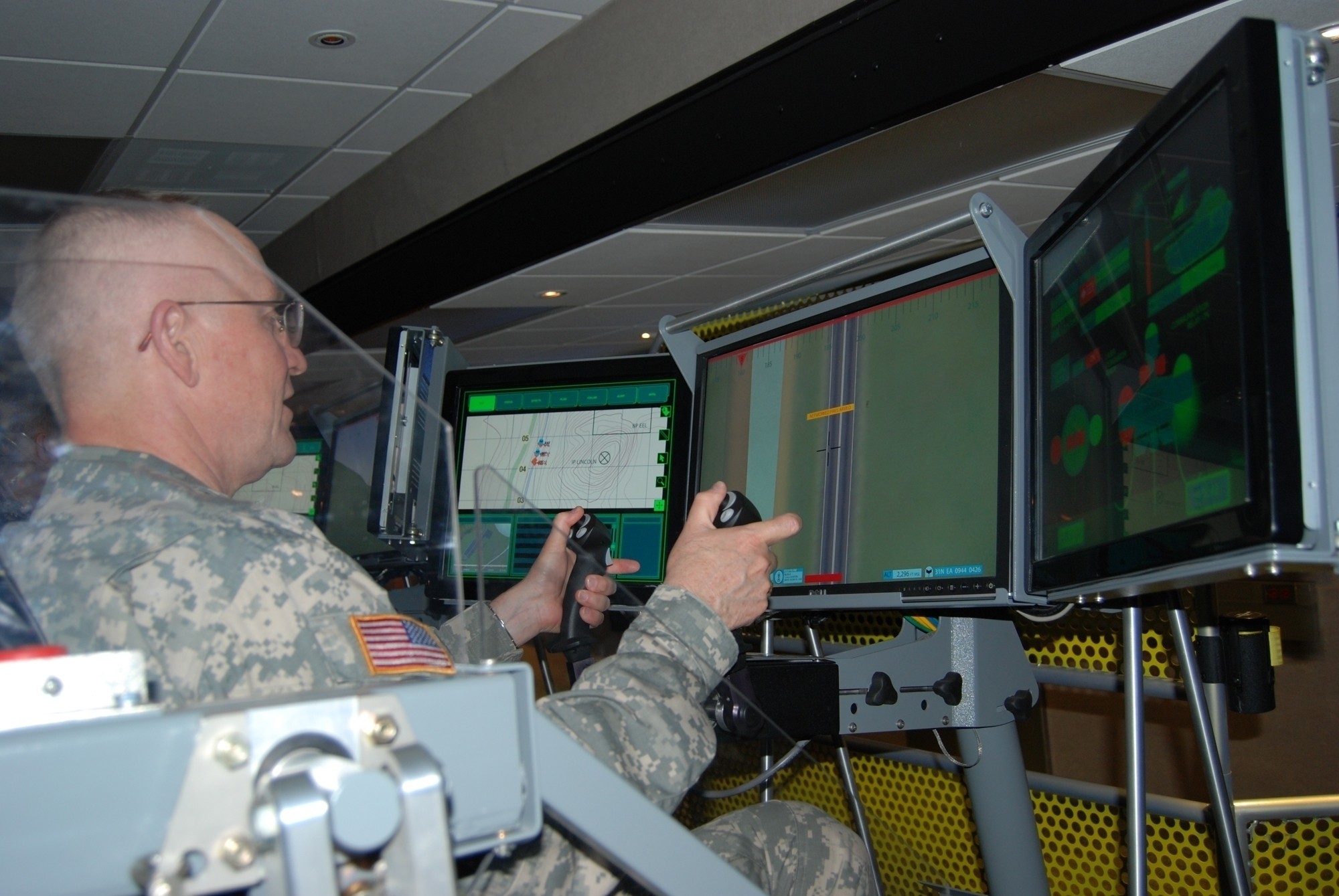


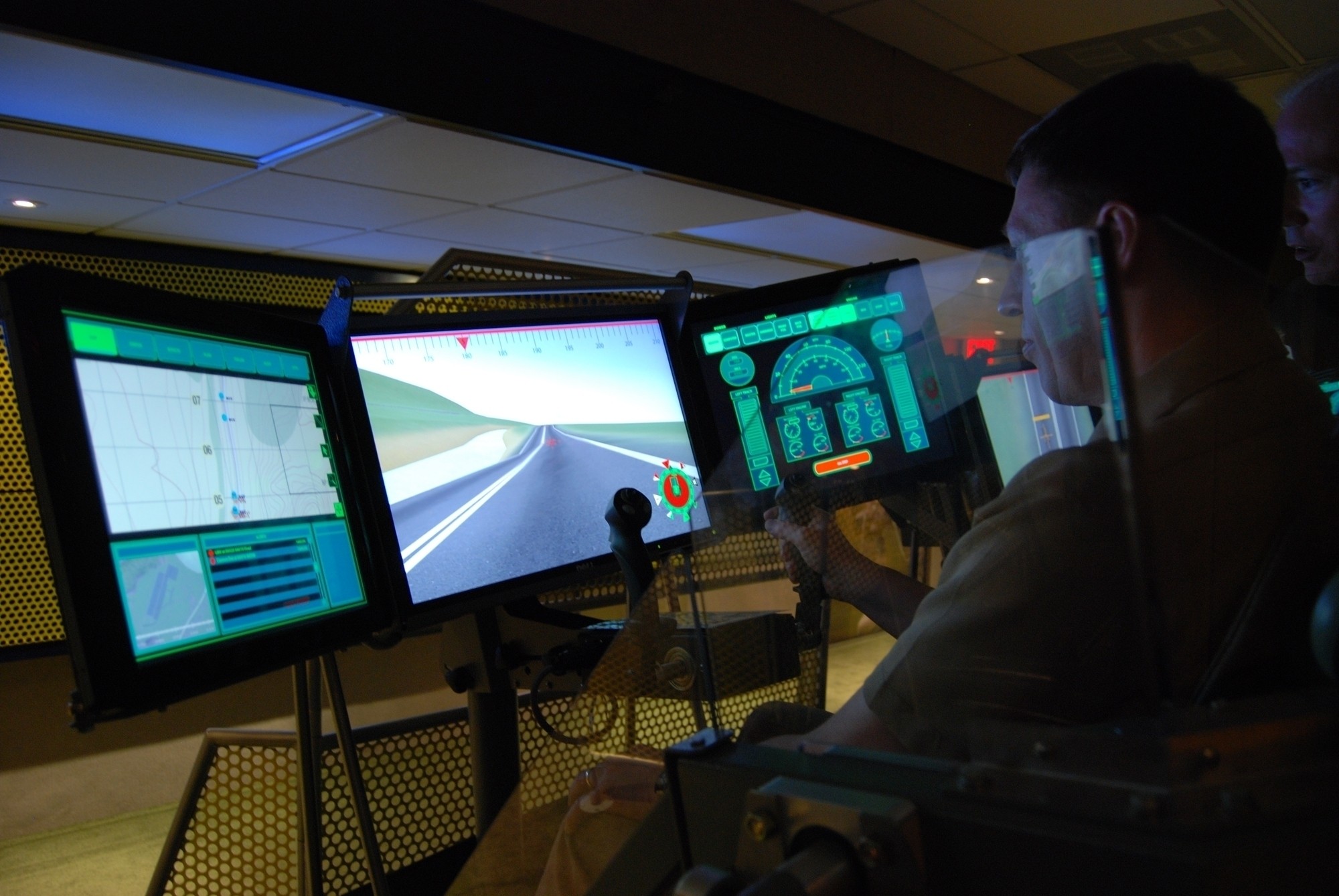
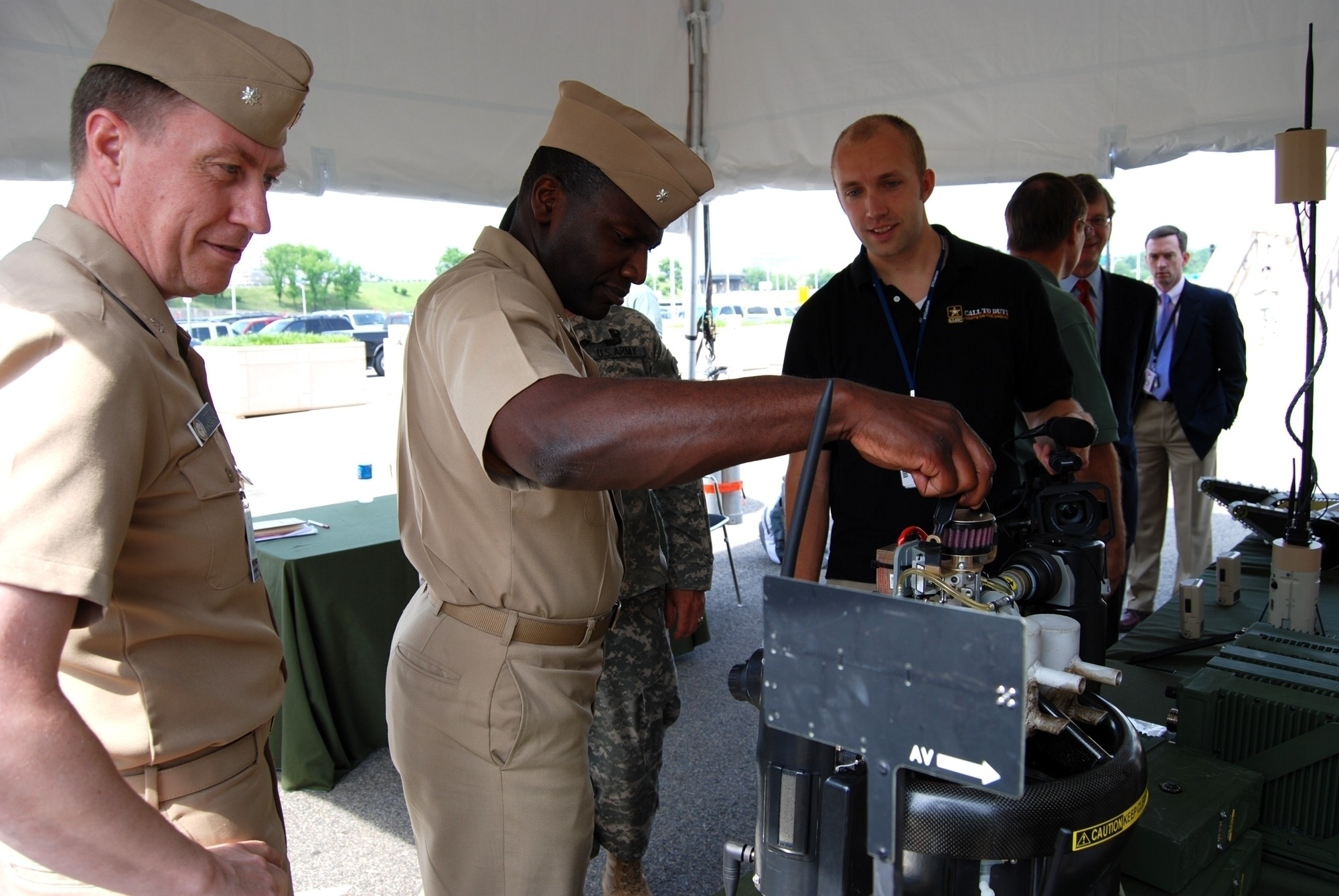






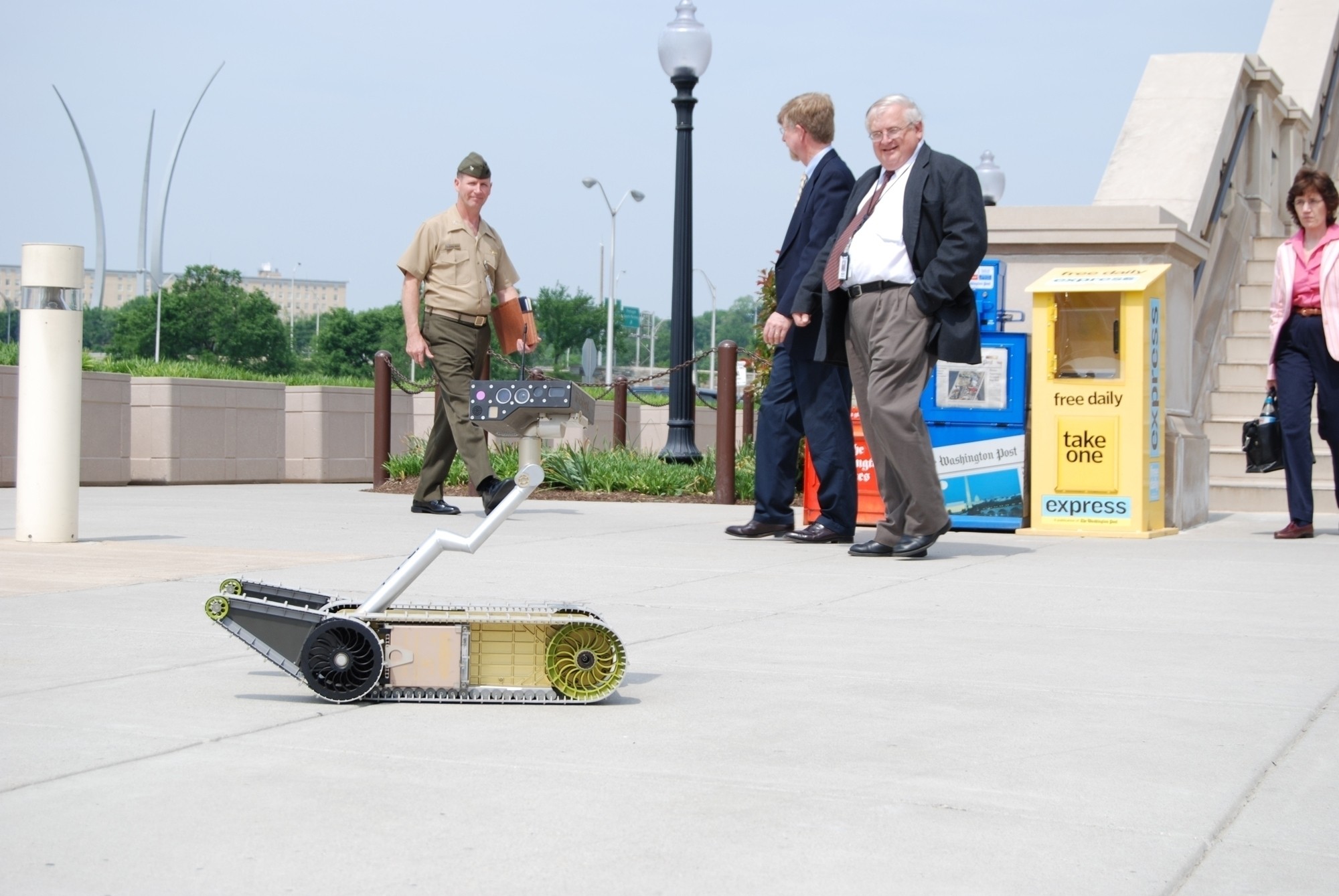

Social Sharing